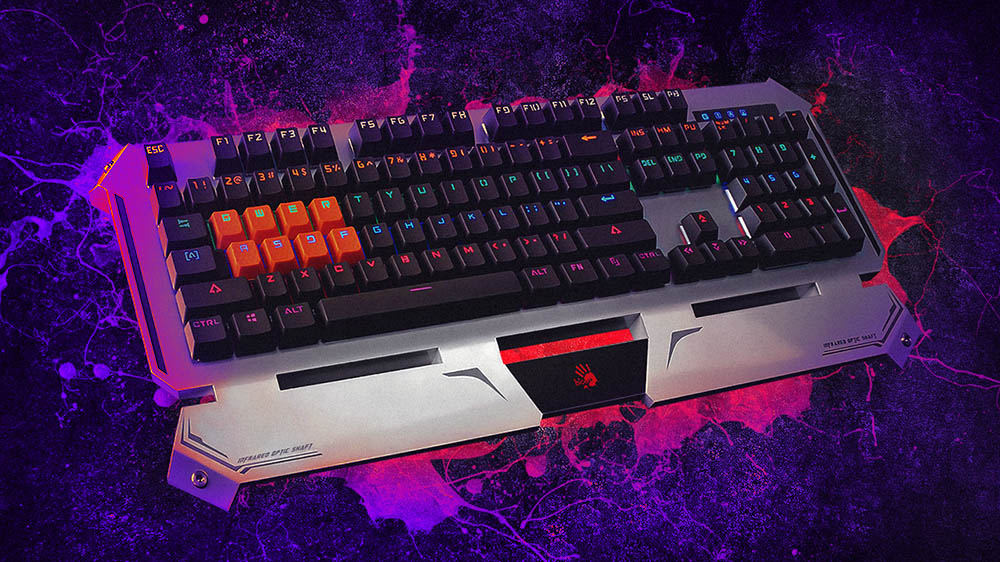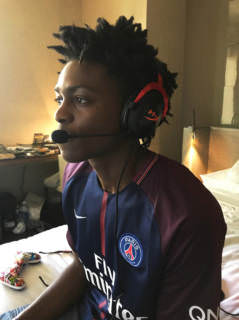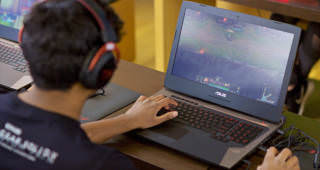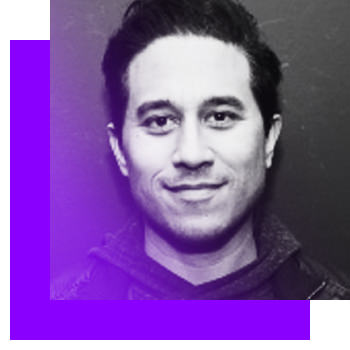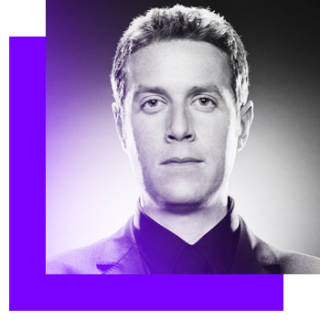
The Game Awards is slated for December 7 at The Los Angeles Theater, having announced all of its categories for audiences to vote on, and the show is looking to grow further in its fourth year with more interactive features and broadcasts in additional countries.
Although the show is called The Game Awards, it’s more than just an awards show—it also breaks news and explores where video games are headed. This is proving to be a major attractor for both audiences and sponsors—especially since interest for mainstream awards shows begins to wane. That is underscored by the show’s mantra of reaching every gamer live on every video game screen, in addition to its continuous build-up of digital and social offerings to satiate multi-screen behavior among its digital viewership.
In an interview with AListDaily, Geoff Keighley, executive producer and host of The Game Awards, exclusively announced that this year’s installment will allow people to vote through a live Twitter Direct Messenger and Facebook Messenger bot. The production team is also working with Google to allow fans to vote on categories through Google Search.
“Those ideas are things that we’re looking to pioneer,” Keighley said. “The general idea is to let users interact and let them feel like they’re part of the show by gamifying it . . . A lot of people were skeptical on whether an online streaming show would reach a mass audience. What we found was that every year, more people discover the show, and there are a lot of benefits to digital streaming. Especially as so many young consumers now either don’t have cable or have cut the cord.”
The Game Awards Global Platform Strategy: Growing Accessibility, Every Screen, Everywhere
One of the major benefits of being a digital-only production is global distribution. Last year’s show aired in China for the first time in partnership with Tencent, and the show plans to expand even further this year, supporting over eight languages live with distribution in Japan, Korea, Russia, Brazil and more.
“One thing that has been important to me is that you don’t need to sign up for anything or pay a subscription,” said Keighley. “We make the show very accessible, and because of that, it’s easy for people to share the show with their friends. They can just send the link and watch.”
Although the show may air a bit late for some audiences, data has shown that many will stay up and engage with it live. Furthermore, there’s high viewership within the first 24 hours after airing, as people either watch the entire program on demand or browse through the highlight clips. There’s even a partnership with Snapchat to produce The Game Awards as a three-to-five-minute Snapchat live story that recaps the show’s highlights, engaging millions of people around the world.
“What we like to do is give each platform a chance to speak to its audience and do unique things,” Keighley explained. “There are different conversations happening on each platform, but they’re also their own communities. The Twitch audience will have their own experience and Twitter will be a different audience.”
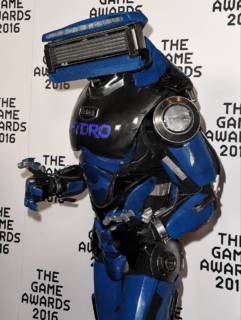
In addition to their Facebook-and-Twitter Messenger bot rollout this year, there’s interactive live voting on Xbox Live; Twitch emphasizes its chat features, and last year’s YouTube broadcast was in 4K resolution. The Game Awards aims to showcase each platform in the best light and strengthen their communities. Keighley also noted that there may also be some crossover. It’s not unheard of for viewers to watch on YouTube while engaging on Twitter, even though it can be watched natively on the social platform. Users are allowed to engage however they choose to, and the show is always looking for ways to be more interactive.
The Game Awards debuted for the first time on VR platforms last year in partnership with NextVR, where 360-degree cameras were placed throughout the theater for an immersive viewing experience. Although Keighley said it was an interesting experiment, he admitted that it was too much to expect people to wear headsets for two hours.
“It’s just a new way to experience the show, and we’re all about finding new ways to present the show to viewers,” said Keighley.
VR will remain an integral part of the experience, and the show is exploring ways to better leverage the platform. It’s also contemplating more traditional channels. TV networks have approached Keighley about televising the show, and even though he’s open to the conversations, he remains committed to keeping the show digital because of its niche-programming power and accessibility.
“We think that we’ve evolved beyond television with this show,” said Keighley. “Digital is where the audience is . . . I feel that we have to stay focused on a digital-only approach to distribution because that’s the future.”
Having the show locked behind a paywall or restricting it to TV runs counter to the show’s goals, and Keighley said that it may be one of the reasons shows like the MTV Video Music Awards are experiencing declining viewership.
“The general idea is to let users interact and let them feel like they’re part the show by gamifying it.”— Geoff Keighley, executive producer and host of The Game Awards
A new wrinkle may be that the future of digital distribution may be within the games itself since titles like Call of Duty already have in-game broadcast viewing capabilities normally reserved for esports tournaments.
“The idea of either broadcasting the show in-game—or at least linking out to the show from the game—is a big opportunity. That’s the next platform to conquer—giving the show live to players as they play a game.”
Join in on December 7 in LA for @thegameawards tickets and VIP packages now on sale: https://t.co/XWWgJ8BJJ3
— The Game Awards (@thegameawards) June 30, 2017
Integrating Non-Endemic Brands
In addition to interactivity, the show is also looking to bring balance between presenting awards and providing first looks at games. The main challenge is presenting forward-looking content without them like advertisements, Keighley said. Companies that do it well will create scenes that feel like it’s from a blockbuster movie instead of a highly produced game trailer.
The show is also working on integrating more non-endemic sponsors in meaningful ways, which is complicated because the digital show doesn’t have commercial breaks. Keighley said the show has worked with sponsors over the years, including Verizon, Bud Light, HP and Intel, and more brands are looking to engage with the gaming audience. But last year, some viewers thought that certain segments were overbranded or too promotional.
“That’s something that we certainly listen to, and I think the brands that we’ve been involved with are also listening to that and are figuring out the best ways to be a part of the show,” said Keighley. “What we’re working on this year is how they can add value and meaningfully contribute to the gaming industry to create opportunities that are unique inside The Game Awards so that they’re giving back to the game community.”
He cited HP’s sponsorship of the esports awards as a prime example of doing things right. He stated that as a brand, HP was celebrating the best gamers in the world while promoting its gaming PCs.
“It’s really important to know that anyone who wants to play in the gaming world needs to take the time to understand the audience, the games they’re playing and the opportunities that exist in both the games and The Game Awards,” Keighley said. “It’s not an easy thing to do, but the brands that put the time will definitely see a payoff. The bar is very high for what gamers expect out of the show. When a brand comes in and it doesn’t feel like they’ve put the time in to do something special for this audience, gamers will rightfully push back.”
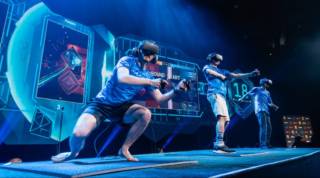 Bonini admits that this first event in Korea is part of a big esports experiment.
Bonini admits that this first event in Korea is part of a big esports experiment.